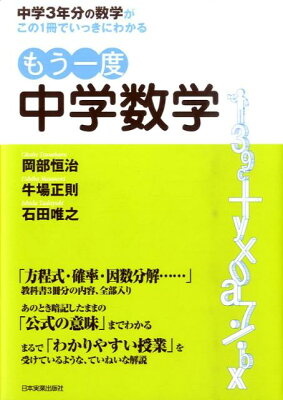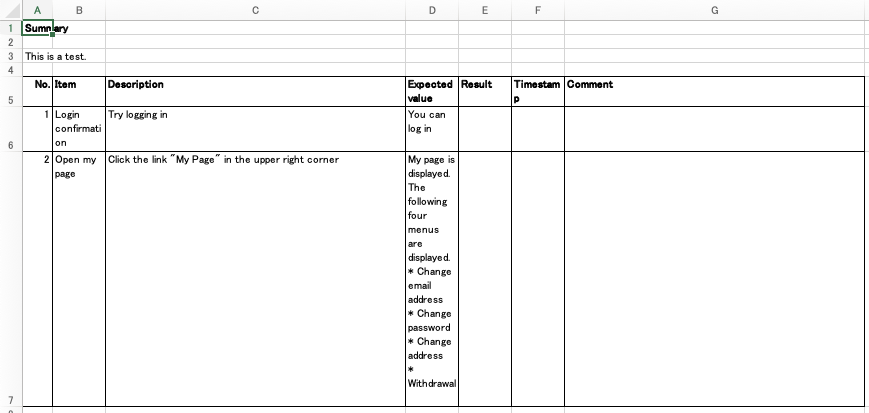I prove that infinite decimal of rational number is recurring decimal. It is decimal of rational number but is not finite decimal.
While the process of division may seem intuitive, I will provide a more concrete explanation as a formal proof.
Feeling
For example, when 89 is sequentially divided by 13, including decimal places, the remainders are as follows:
\begin{eqnarray*} 89 \div 13 & = & 6 \; \textrm{remainder is} 11 \\ 110 \div 13 & = & 8 \; \textrm{remainder is} 6 \\ 60 \div 13 & = & 4 \; \textrm{remainder is} 8 \\ 80 \div 13 & = & 6 \; \textrm{remainder is} 2 \\ 20 \div 13 & = & 1 \; \textrm{remainder is} 7 \\ 70 \div 13 & = & 6 \; \textrm{remainder is} 5 \\ 50 \div 13 & = & 3 \; \textrm{remainder is} 11 \\ 110 \div 13 & = & 8 \; \textrm{remainder is} 6 \end{eqnarray*}On the 7th division, the same remainder as in the 1st division appeared again. Since there are only 12 possible remainers when divided by 13, ranging from 1 to 12, if the division doesn’t result in a perfect quotient after 13 divisions, it becomes evident that at some point, the same remainder would recur, leading to a repeating decimal.
By elaborating on this, we can formulate a proper proof.
Proof
Rational numbers that result in infinite decimals, in other words, rational numbers that are neither integers nor finite decimals, can be represented as \( \frac{q}{p} \), where \( p \) and \( q \) are coprime natural numbers. Let’s define the sequences \( \{k_n\} \) and \( \{r_n\} \) as follows:
\begin{eqnarray*} k_n & = & \begin{cases} \textrm{Quotient of } q \div p & (n = 0) \\ \textrm{Quotient of } 10r_n \div p & (n \geq 1) \end{cases} \\ r_n & = & \begin{cases} \textrm{Remainder of } q \div p & (n = 1) \\ \textrm{Remainder of } 10r_{n-1} \div p & (n \geq 2) \end{cases} \end{eqnarray*}Then, the fraction \( \frac{q}{p} \) can be expressed as a recurring decimal:
\begin{array}{cl} & k . k_1 k_2 k_3 \dots k_n \dots \\ = & k + \frac{k_1}{10} + \frac{k_2}{10^2} + \frac{k_2}{10^3} + \dots + \frac{k_n}{10^n} + \dots \end{array}Furthermore, \( r_n = 0 \) implies the existence of \( n \) such that \( \frac{q}{p} \) becomes a finite decimal. For all \( n \), it follows that \( r_n \geq 1 \) due to being a remainder after division by \( p \), and also \( r \leq p – 1 \). Consequently, among the \( p \) remainders \( r_1, r_2, \dots, r_p \), at least 2 of them are equal. Thus, there exist natural numbers \( m, n \) that satisfy the following:
\begin{array}{c} r_m=r_n, \; 1 \leq m \lt n \leq p \\ k_n = k_m , k_{n+1} = k_{m+1}, k_{n+2} = k_{m+2}, \cdots \end{array}From this, it can be deduced that the fraction \( \frac{q}{p} \) continues infinitely with the sequence of digits \( k_m k_{m+1} \cdots k_{n-1} \) after the \( m \)th decimal place.
Indeed, it is also possible to prove that a repeating infinite decimal can be a rational number.











